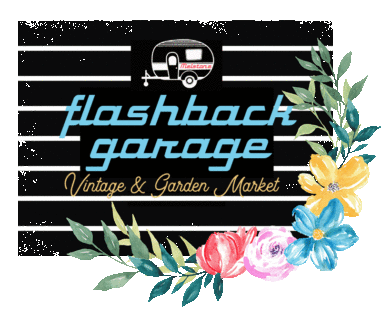Whether you are venturing out to go to actual grocery stores, or ordering ahead for pickup, many of us have been wondering about possible contamination on bags, boxes, packaging, and the items inside. Household and other items besides groceries are also potentially worrisome. We all know by now to wash our hands for 20 seconds after touching things, but how careful and thorough do we have to be with the stuff we’re bringing into our homes?
Scroll down for some videos with some helpful methods to clean your purchases, and your countertops.
I live in a very rural area and fortunately, I had a pretty good inventory before the directives for physical distancing and shelter-in-place were announced. I can’t make daily grocery runs, nor even weekly trips into town sometimes, so my normal habit is to have a week or two of supplies on hand. But I eventually have to re-stock, and there are other things I need besides food. Not frivolous stuff — seeds for my garden, organic potting soil, a countertop water filter, a biolite mini camp stove, vitamin C. And I have to go to the post office every day to pick up my mail. I don’t usually eat out, so I haven’t even considered trying takeout, but I might, if I get tired enough of my own cooking or microwaving frozen meals.
How to wipe your stuff down.
“Some reassuring news” from the FDA, April 20, 2020, reiterates there is low risk of transmission from food or packaging. However, precautions are still recommended regarding wiping down packaging and takeout containers.
For another, more extreme take, this video by Dr. Jeffrey VanWingen has very detailed instructions for packaged food (throw away the external packaging), produce, bread, takeout (dump it on a plate and microwave it), and more. (8:41 minutes)
You can’t get the coronavirus by ingesting it. In this video from CNN, Dr. Sanjay Gupta explains the precautions you need to take while shopping and when you get your groceries home. (3:26 minutes)
Can’t find hand sanitizer to buy? Is DIY an option?
Can’t get hand sanitizer? Thinking of making it yourself? Here’s a REALLY good video, “Good and Bad DIY Hand Sanitizer Recipes” from a chemist (Lab Muffin Beauty Science) who explains that alcohol is an essential ingredient (non-alcohol sanitizers don’t work) AND the final alcohol content after dilution with other ingredients (e.g., aloe vera, witch hazel, essential oil, hydrogen peroxide, water) must be at least 67%. She drills down into the details of a number of currently trending DIY sanitizer recipes, explaining why they are effective or not. There’s even a link to her downloadable spreadsheet calculator to plug in the numbers for any you may be considering.
What about making kitchen wipes?
See below for a couple of videos I found about making DIY kitchen wipes (not for use as hand sanitizer), but first, take a look at the CDC’s official list of effective disinfectants against the corona virus.
If you can find 90% or stronger rubbing alcohol, this one might work for you. (4:46 minutes total; the first half through 2:24 is about making disinfectant wipes)
This next one uses a third cup each of 3% hydrogen peroxide and water. Make sure you keep it away from heat and light, which both destroy its efficacy. (6:27 minutes)
I follow all the advice about washing hands and wiping down, but I can’t get Clorox, Lysol, or disinfectant wipes, hand sanitizer, disposable gloves, or 60+% isopropyl alcohol. The online stores are out, or there’s a month-long wait. While I have 35 aloe vera house plants, the only rubbing alcohol in my medicine cabinet is 50%, so making my own hand sanitizer is out of the question. I have a big jug of vinegar, which I’ve always used to soak or rinse my produce, but vinegar is not strong enough to destroy the virus.
The one thing I don’t skimp on is washing my hands — 25? 50? times a day. I don’t keep count. I went to a soapmaking workshop presented by Paradise Permaculture Institute in Livingston last fall taught by herbalist Angela Segraves and made some beautiful rosemary/tea tree oil bars of soap that lather up like crazy, so I don’t mind. Not to be OCD about it, but I’m kind of addicted to handwashing now.

In the end, I’m just doing the best I can, making do with what I can get, and hoping, like everyone else, that it’s enough. Stay safe out there y’all!
— Adele
Adele Field is a writer and editor based in rural eastern Montana.

